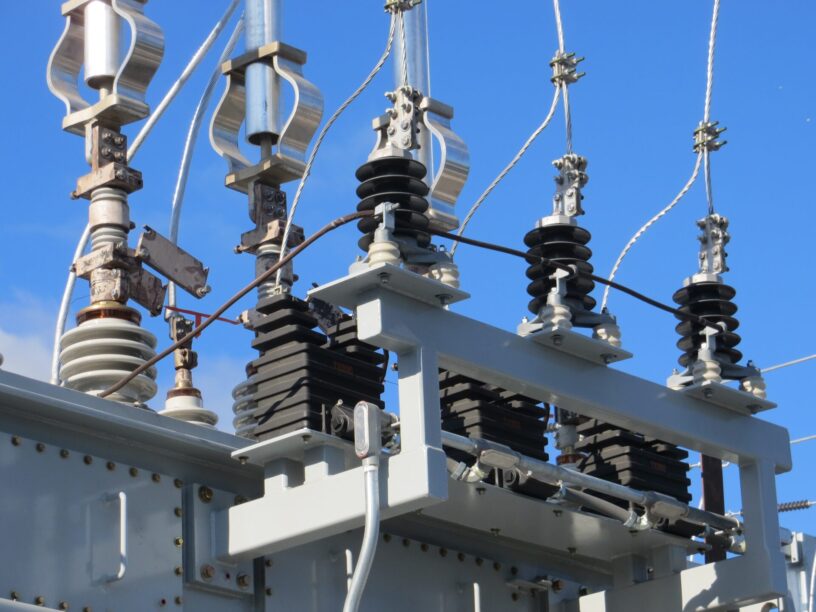Free energy, also known as zero-point energy or overunity, refers to the concept of harnessing energy from an unknown or infinite source. This idea has been around for centuries, with scientists and inventors attempting to develop technologies that can tap into this energy source and provide a limitless supply of energy for various purposes.
The idea of free energy is based on the concept of the universe being a limitless source of energy, with the potential to power everything from homes to vehicles to entire cities. This energy is believed to come from the vacuum of space, which is thought to contain a vast amount of energy that can be harnessed through various technologies.
One of the main proponents of free energy was Nikola Tesla, a renowned scientist and inventor who dedicated much of his career to developing technologies that could tap into this energy source. He believed that the earth itself was a conductor of free energy, and that it was possible to harness this energy through the use of special devices and technologies.
Despite the potential of free energy, it has yet to be fully harnessed and used in a practical manner. There have been many attempts to develop technologies that can tap into this energy source, but they have largely been unsuccessful due to the challenges and limitations of current technology.
One of the main challenges of harnessing free energy is the fact that it is a largely unknown and untested concept. Many scientists and experts believe that it is possible to harness free energy, but there is still much debate and skepticism surrounding the idea. Additionally, there are many technical and logistical challenges that need to be overcome in order to effectively harness and utilize free energy.
Another challenge is the fact that free energy technologies are often expensive and complex, making them difficult to develop and implement on a large scale. Many of the technologies that have been developed to harness free energy require specialized equipment and materials, which can be expensive to produce and maintain.
Despite these challenges, there are still many scientists and inventors who are dedicated to developing technologies that can harness free energy. Some of the technologies that are currently being developed include:
- Solar panels: Solar panels are a type of technology that uses the energy from the sun to generate electricity. These panels are becoming increasingly popular as a way to harness free energy, as they are relatively simple and inexpensive to install and maintain.
- Wind turbines: Wind turbines are another type of technology that uses the energy from the wind to generate electricity. These turbines are becoming increasingly popular as a way to harness free energy, as they can be installed in a variety of locations and are relatively easy to maintain.
- Geothermal energy: Geothermal energy is a type of energy that is harnessed from the heat of the earth. This energy is generated by tapping into the heat that is naturally present in the earth’s core, and it can be used to generate electricity and heat buildings.
- Hydroelectricity: Hydroelectricity is a type of energy that is generated by using the power of falling water to turn a turbine, which in turn generates electricity. This type of energy is becoming increasingly popular as a way to harness free energy, as it is relatively simple and inexpensive to install and maintain.
Overall, free energy is a promising and exciting concept that has the potential to revolutionize the way we generate and use energy. While it is still in its early stages of development, there are many scientists and inventors who are dedicated to developing technologies that can harness this energy source and provide a limitless supply of energy for various purposes.
